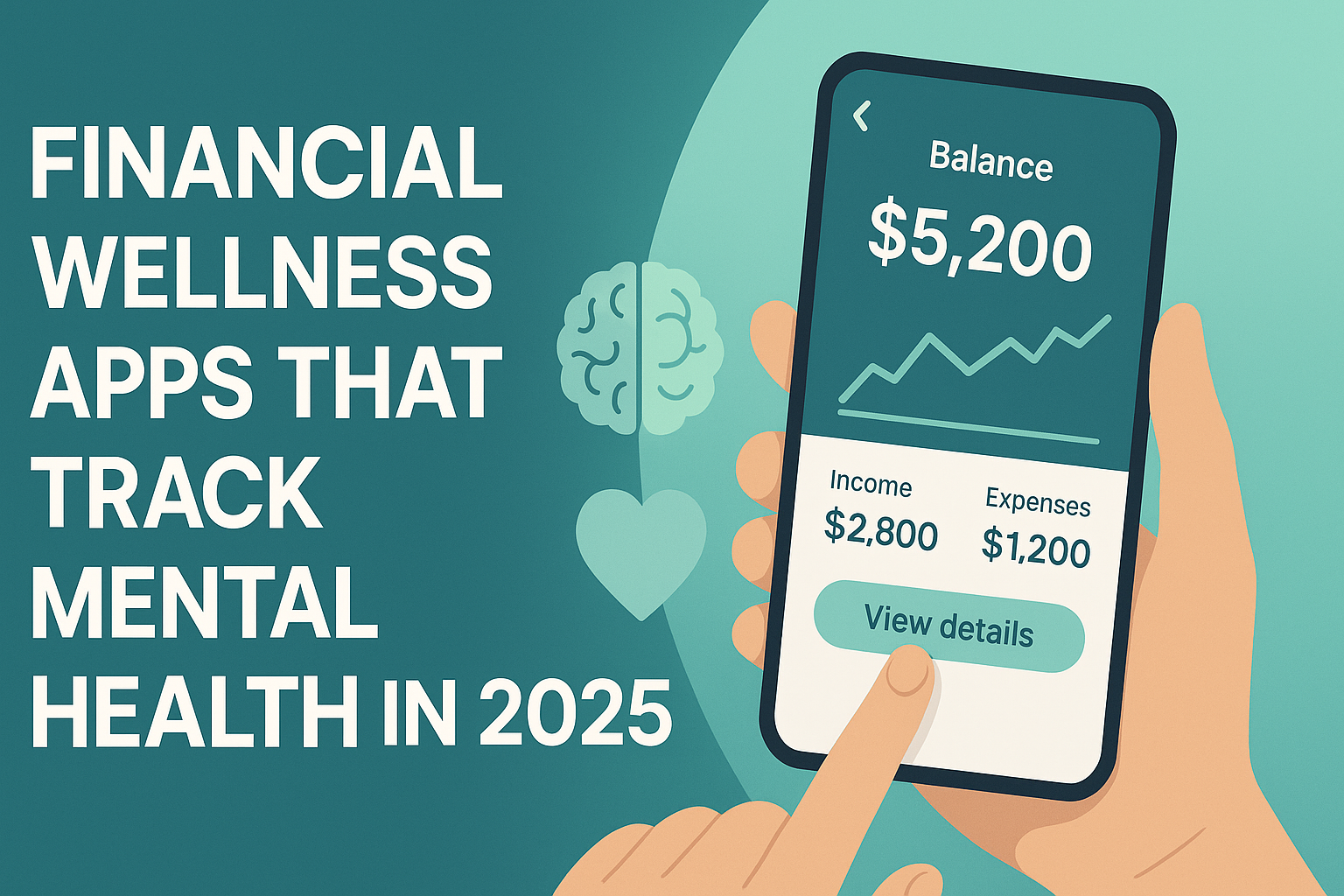As AI-powered scams grow more convincing, Americans are losing billions — here’s how to stay ahead
Artificial intelligence has changed nearly every aspect of how we live and work. But it’s also changing how we get scammed. In 2024 alone, U.S. consumers lost an estimated $12.5 billion to fraud, according to the Federal Trade Commission — a 25% jump from the previous year. The FBI believes the real number could be closer to $16 billion.
Behind much of this surge is AI — not just as a tool for progress, but as a powerful weapon in the hands of cybercriminals. From phishing scams that feel eerily personal to deepfake videos that mimic your loved ones’ voices, AI is reshaping the fraud landscape in ways regulators can barely keep up with.
So what does that mean for your money — and how can you protect yourself as these scams get harder to spot?
Background & Context: AI’s Rise as a Scammer’s Tool
For decades, scammers relied on broken English and clumsy grammar to trick only the least attentive targets. But in 2025, those red flags are gone. Today’s fraudsters use AI tools like ChatGPT, ElevenLabs, and deepfake generators to create polished emails, cloned voices, and fake videos — all crafted to manipulate victims with alarming precision.
AI doesn’t just help them write better. It helps them learn about you faster.
A scammer can now scrape your social media, LinkedIn, or even public databases, then use that data to personalize a message or generate a voice call that sounds exactly like your spouse, boss, or child.
This isn’t science fiction. It’s already happening — and costing people real money.
Deep-Dive Analysis
Hyper-Realistic Phishing Is the New Norm
Phishing is still the top tactic in the fraud playbook. But with generative AI, it’s evolved from amateurish emails to tailored attacks that read like real conversations.
- AI-powered writing tools remove the grammar mistakes that once tipped off victims.
- Data scraping bots gather personal info to craft context-aware messages.
- LinkedIn-based impersonation is up sharply, with scammers posing as recruiters or colleagues in fake job offers.
If someone emails you about a recent event in your life — a promotion, a travel plan, a post you made last week — you might be looking at an AI-assisted scam.
Deepfake Threats Are Escalating
One of the most dangerous trends in 2025 is the use of deepfakes in financial scams. These aren’t just silly videos or social media tricks. They’re being used to simulate real people in real emergencies:
- A father receives a call from his daughter — she’s crying, saying she’s been kidnapped. It’s not her. It’s an AI-cloned voice.
- A company executive gets a video message from a “colleague” asking for an urgent wire transfer. It’s completely fake.
The emotional manipulation works because our brains aren’t wired to distrust what we see and hear — especially when it looks and sounds like someone we know.

Sophisticated Schemes Exploiting AI at Scale
AI doesn’t just make scams more convincing — it makes them scalable.
- Fraudsters are using AI to enroll in online universities, complete assignments with chatbots, and fraudulently collect student loans.
- Others use AI-generated documentation to fake loan applications or open accounts using stolen identities.
- Criminal groups are deploying AI-driven call centers, where human-sounding bots impersonate customer service reps to collect sensitive data.
Cybercriminals can now run thousands of parallel scams with automation and minimal cost — increasing their reach and lowering the barrier to entry for fraud.
Actionable Takeaways & Key Insights
Fighting AI-enhanced scams means upgrading your defenses — and your mindset. Here’s how to stay a step ahead:
- Slow down. Scams rely on panic and urgency. Take a beat before clicking or replying.
- Never trust voice alone. If a loved one calls in distress, hang up and call them back. Use a known number.
- Don’t click suspicious links. Even if it looks like a message from your bank or boss, verify it independently.
- Lock down your credit. A credit freeze with Experian, Equifax, and TransUnion is free and can block new account fraud.
- Use multi-factor authentication (MFA). Always enable MFA — preferably with an app like Authy or Google Authenticator, not just SMS.
Reporting Scams: Take Action, Not Just Caution
If you suspect fraud or identity theft:
- Report to the FTC: Use ReportFraud.gov or IdentityTheft.gov for ID-related fraud.
- Alert your bank or card issuer immediately.
- File a report with the FBI’s IC3: Visit ic3.gov to help track and investigate internet-based crime.
The sooner you act, the better your odds of stopping unauthorized transactions — or even recovering stolen funds.
Conclusion & Call to Action
AI is transforming crime as fast as it’s transforming commerce. Scams in 2025 aren’t just smarter — they’re emotionally manipulative, highly personalized, and disturbingly real.
But your best protection hasn’t changed: awareness, skepticism, and proactive security practices.
Train yourself to question unexpected messages. Set up alerts on your financial accounts. Talk to your family and coworkers about these threats so they know how to spot them, too.
Because in the age of AI, the most valuable thing you can protect isn’t your data — it’s your trust.
Stay tuned to The Evolving Post for more smart, actionable updates that impact your money and your future — because understanding the system is the first step to changing your financial story.
While this analysis is based on thorough research, it is for informational and educational purposes only and should not be considered financial advice.








